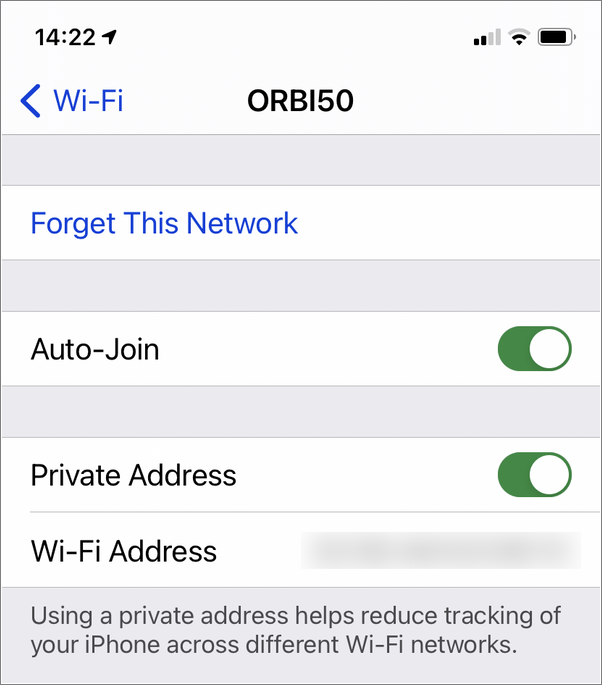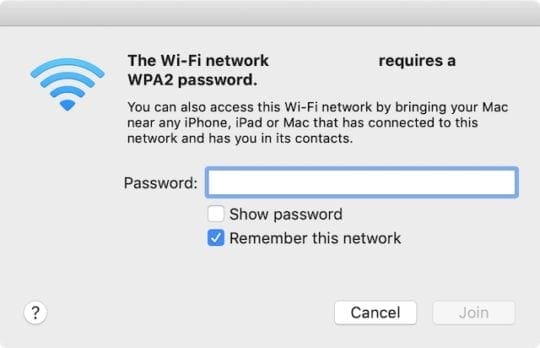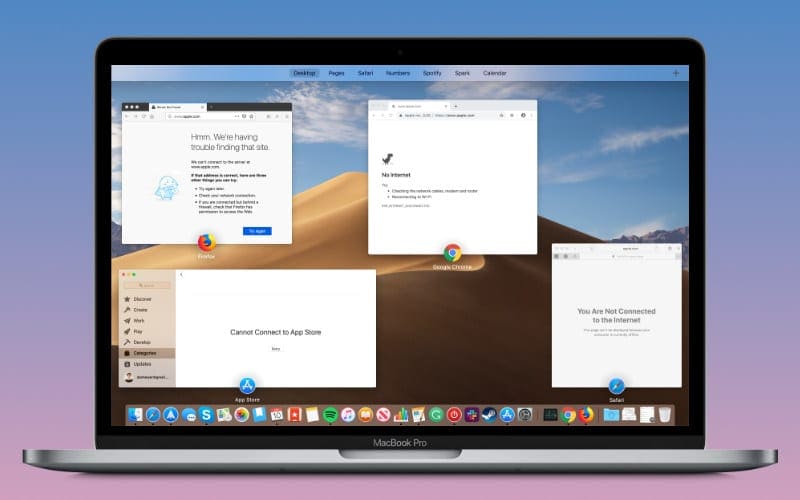
To have this settings parmenently applied to the system, you will need to add them to the local boot script. I mainly used the following commands described there. I followed a tutorial online without thinking too much of it.
#RESETTING ALL MAC OS NETWORK SETTINGS PRO#
When I first bought my mid 2012 macbook pro I started stupidly fiddling with terminal because I wanted to run Windows with Virtual Box ( I know! ). Look for these files in Preferences folder which is in your Library folder. If it has gone away, some preference file got messed up on your account.

Sometimes you can get a good deal on used books in Amazon.Ĭlick on + icon ( left side of screen just above the lock icon )Īfter creating new account, you need to logout of your current account.īlue apple > log out. There will be minor differences but they will not be great. I have revision 6.2.Ĭheck you local library. Practical Guide to Linux Commands, Editors, and Shell Programming, A (2nd Edition) the book Don't be fooled by the name, the second addition includes Mac OS X.Īdvanced Bash Script. create another userid for messing with terminal/unix. making a complete backup of you machine.

That's why he's added the -i switch on that command, for instance. His command is correct and does target the files necessary, but switches or sudo or even spaces in the wrong spot can potentially allow that command to delete great swaths of your files or even your operating system. You'd need to know all of what was done.Īnd a caveat with Linc Davis's rm command - be very careful with the rm command. If you've made changes to the Unix layer - the operating system settings, and particularly commands involving sudo or su or related commands - there may or may not be a path to restore those settings short of a system reinstallation. But the whole operating system is also accessable to an administrative user. There's far more available here to change than just the login settings.Ĭertainly login settings and user preferences can be changed, and these are per-user. Terminal.app, ssh sessions, telnet sessions and some related tools are paths into the Unix underpinnings of OS X, and the Unix command line.

#RESETTING ALL MAC OS NETWORK SETTINGS HOW TO#
Linc Davis has provided details of how to reset Terminal.app itself and your login session, if that's what you have changed.


 0 kommentar(er)
0 kommentar(er)
